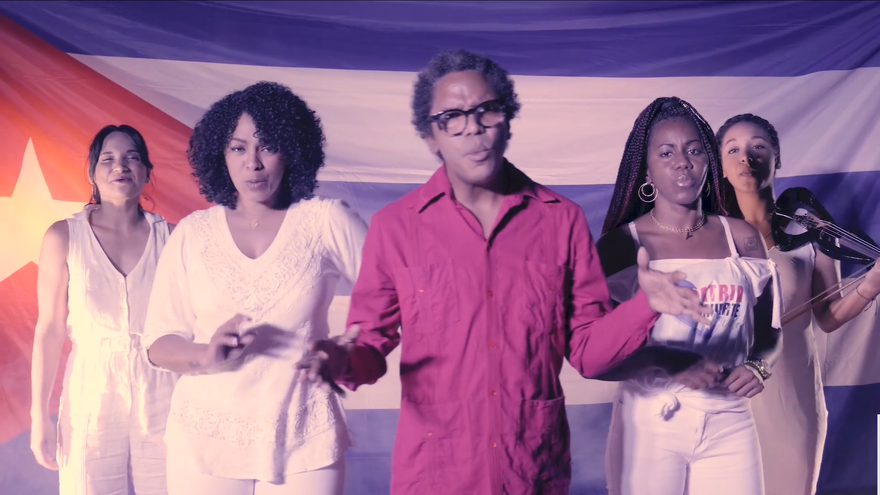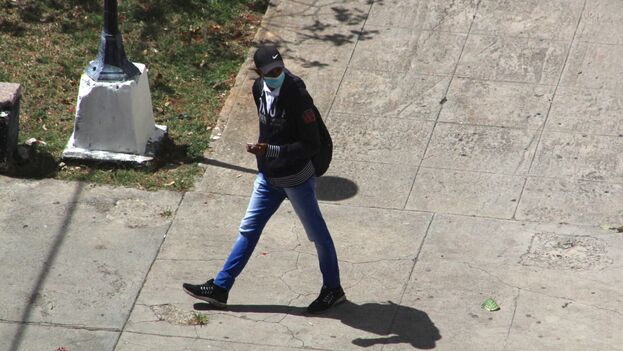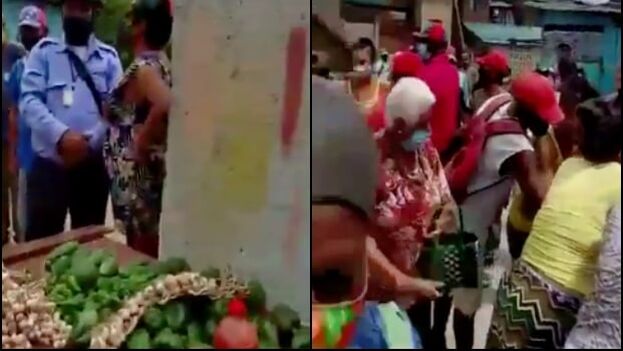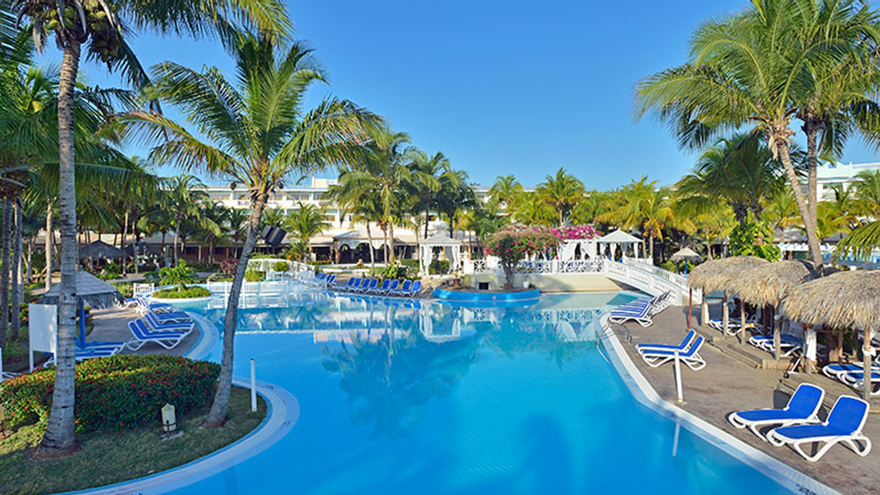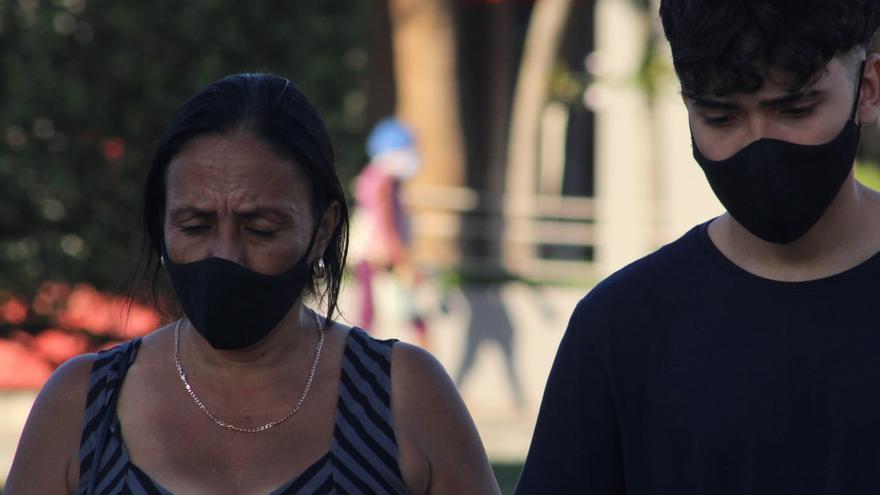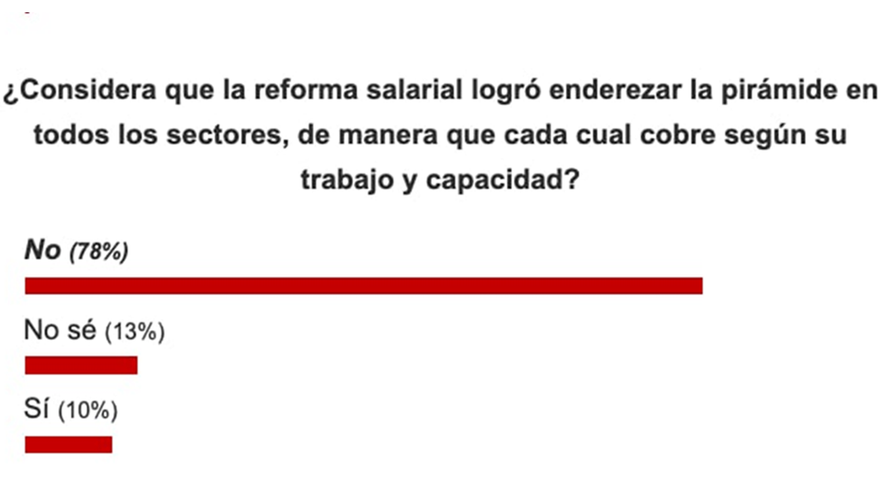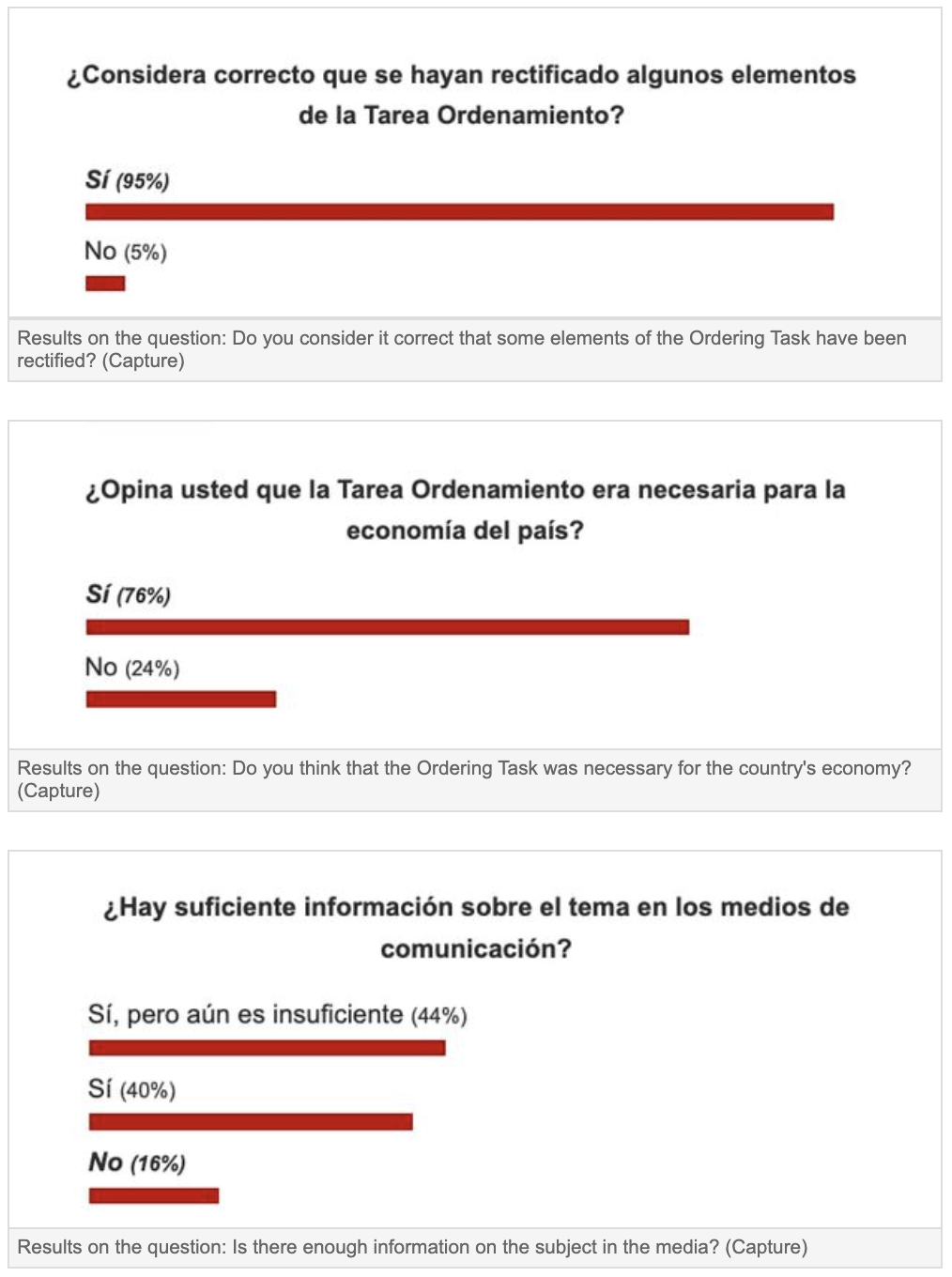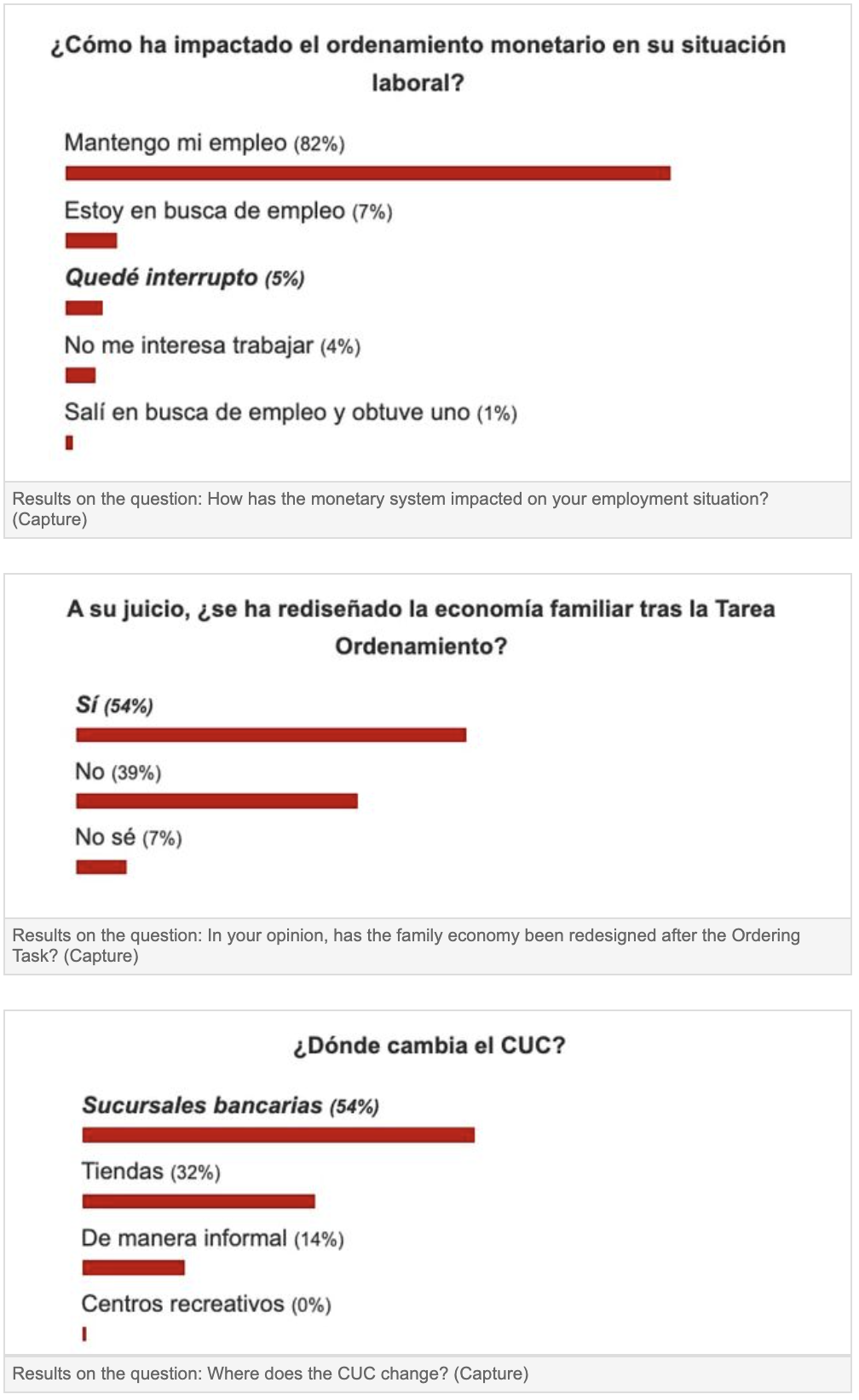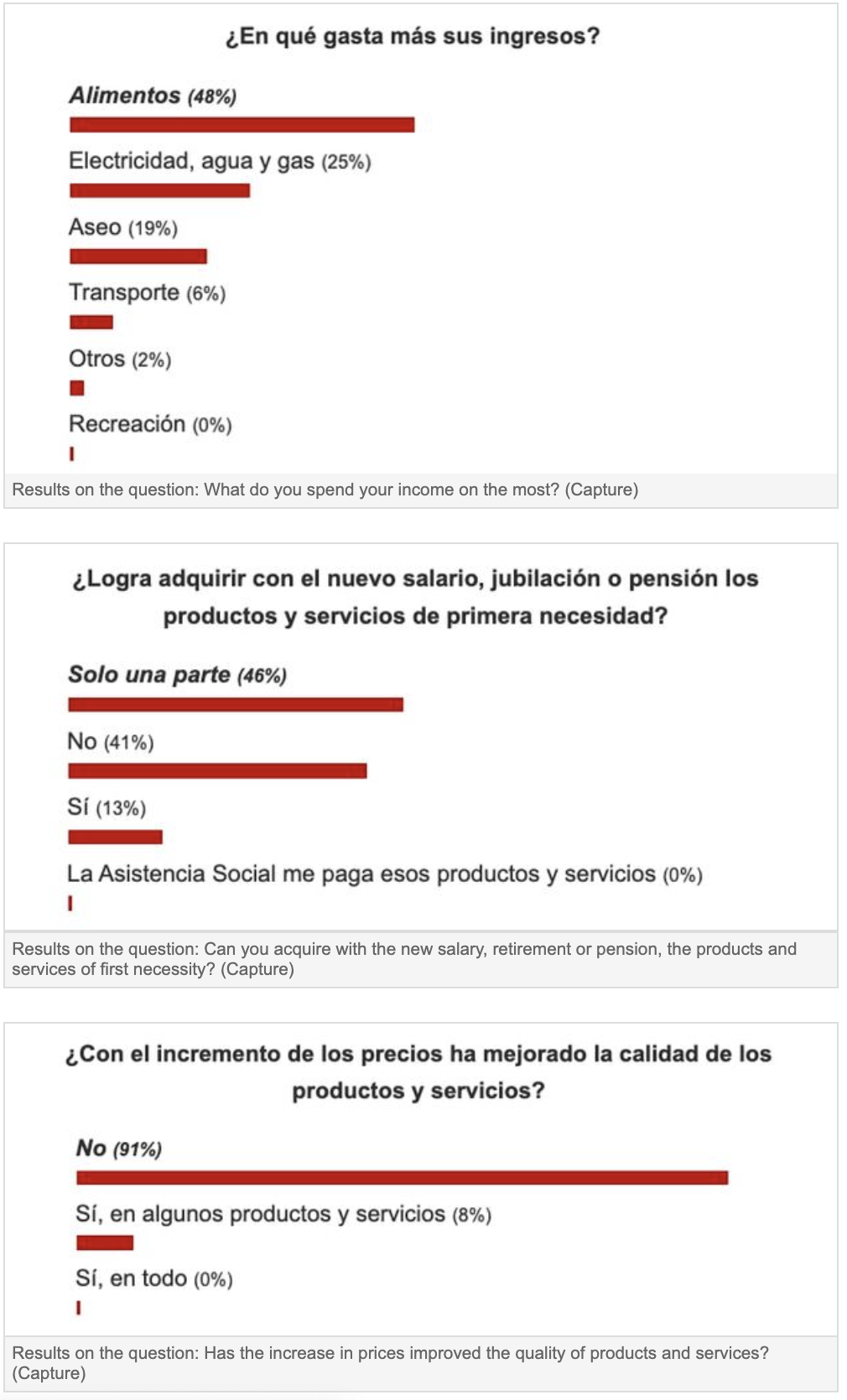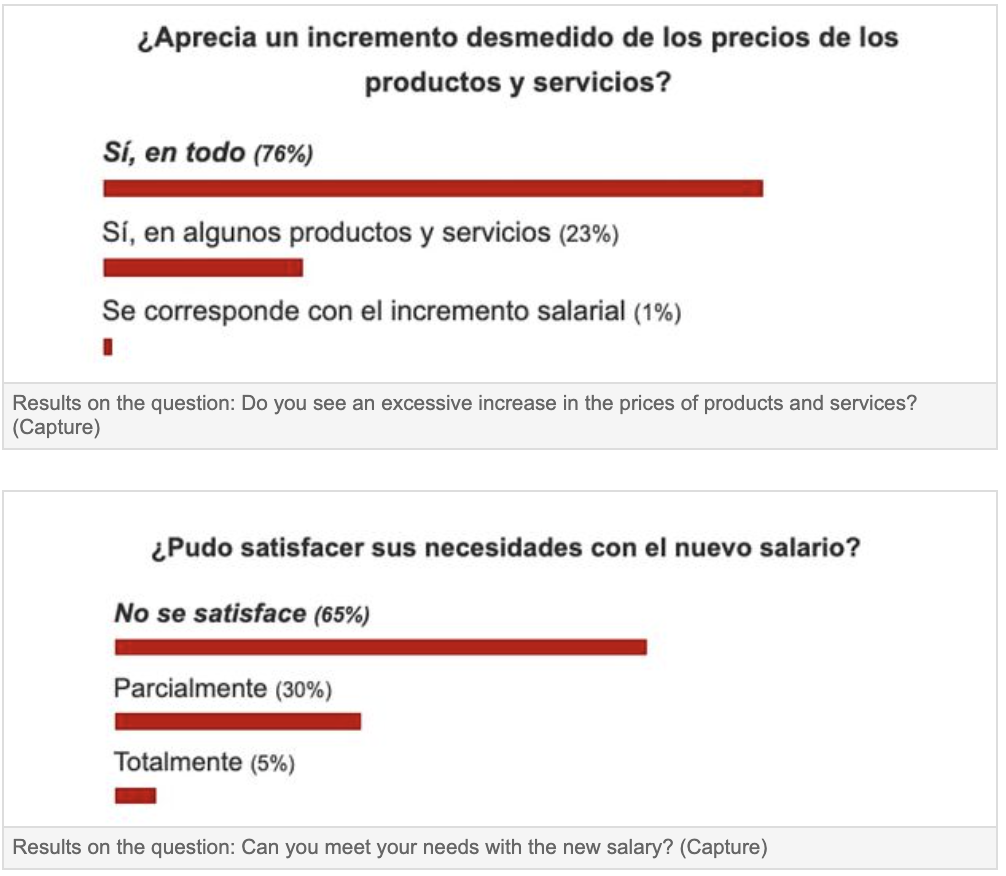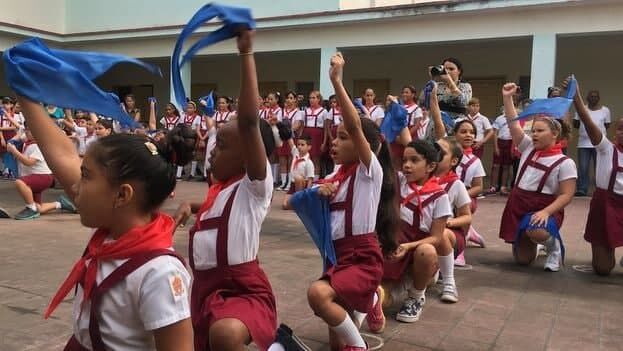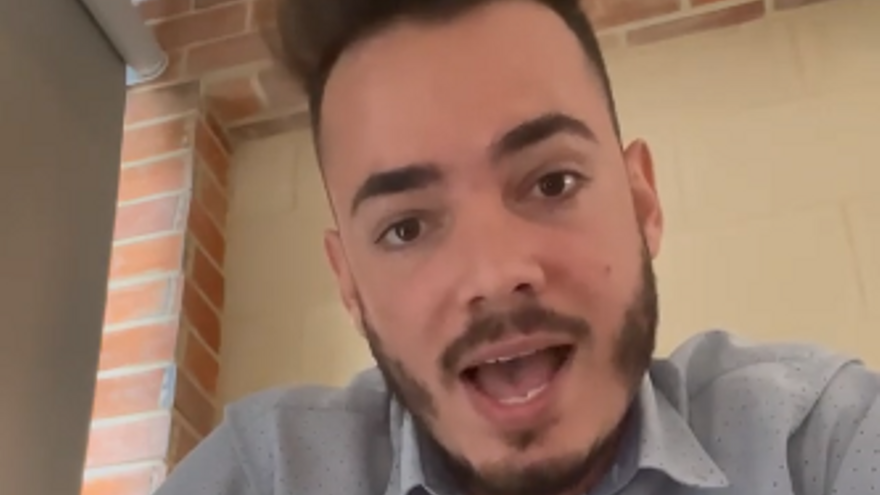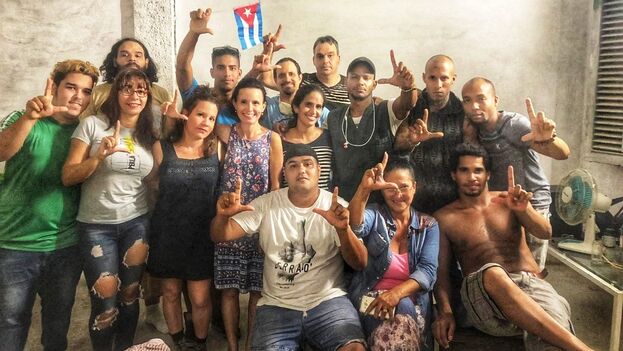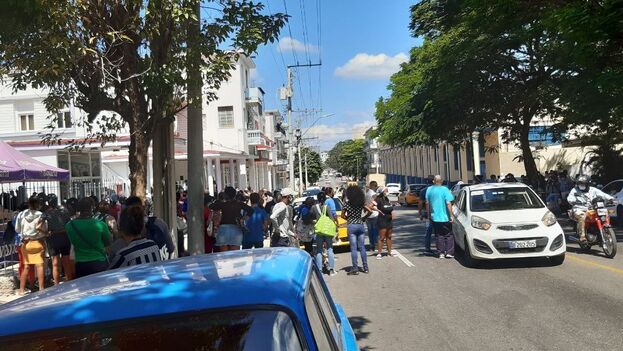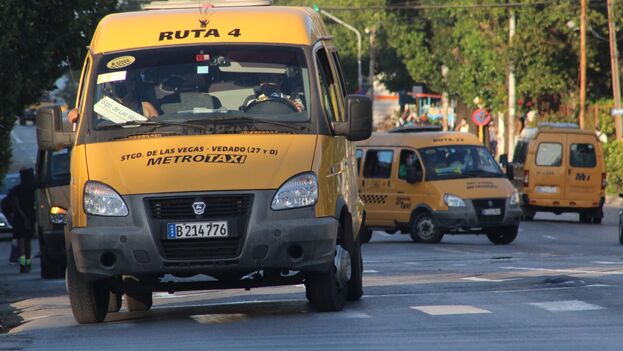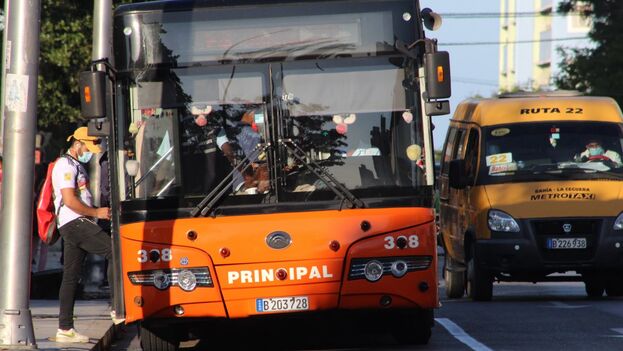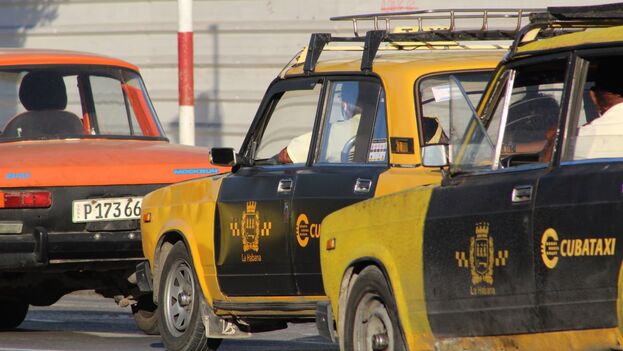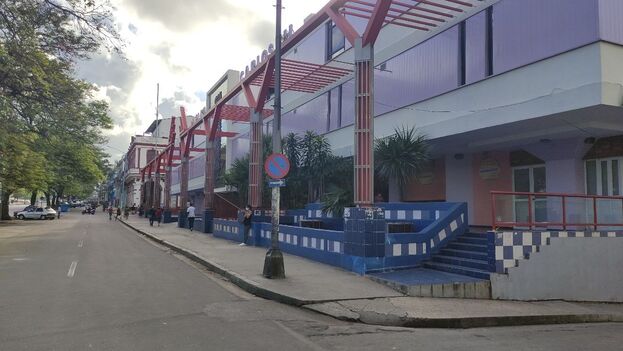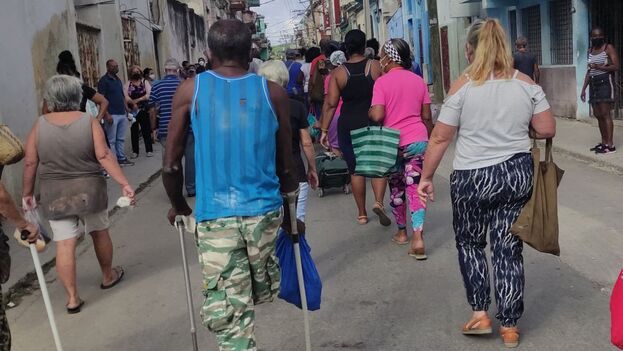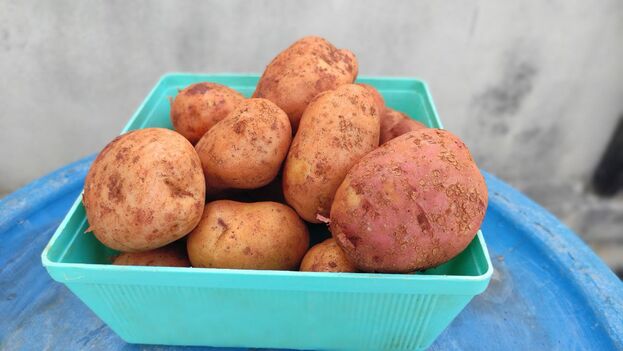During that decade, the political field circle was closed. For students of the process, it was clear that fraud and imposition would come by force once the popularity of Chavismo ended. Chavismo summed it up in the slogan “they will not return.” During a decade, we went from the 2009 approval of the indefinite reelection to Maduro’s great fraud in the electoral farce of 2018. In 2015, we saw the last free elections, when the opposition won the qualified majority in Parliament. From then on, with unbeknownst to the Assembly, the Government permanently removed its mask.
14ymedio. In the first pages, we see Chávez say: “Cuba is part of this homeland, of this union […] the infinite Cuba we love. For Cuba we cry, for Cuba we fight, and for Cuba we are willing to die fighting…”, but that outburst did not always exist. The Chávez of the first hour was the one who said: “I am not a Marxist but I am not an anti-Marxist. I am not a communist but I am not an anti-communist.” What was the beginning of Hugo Chávez’s idyll with Cuba?
Maldonado.There may have been a romantic idea of the Cuban Revolution since his youth, but it is very likely that the idyll, as such, began in 1994, when the Cuban Government invited him to the Island, receiving him as a celebrity. It was reinforced from 2002, after the coup, when Chávez decided to entrust Cubans with intelligence tasks to protect themselves against future military conspiracies. The Chávez of the first hour was a presidential candidate and a rookie in power, aware that the Cuban dictatorship was frowned upon among Venezuelans and, strategically, he navigated in ambiguity during the 1998 election campaign and in his two first years of government, when he presented himself as a politician with no other ideology than Bolivarian jingoism.
14ymedio. And vice versa? It is clear in the book that Fidel’s appetite for Venezuela – or Venezuelan oil – coincides with the beginning of the Revolution. The rivalry between Rómulo Betancourt and Castro as two opposing Latin American figures is very interesting: both liberated their countries from dictatorships, but one was a democrat who consolidated his country, and the other, a dictator who destroyed his. When does Castro discover that Chávez can be useful to him?
Maldonado. Everything indicates that it would have been starting in 1994, when Castro received him at Havana airport with State honors, and with greater security in 2000, when he signed the first major bilateral cooperation agreement, which guaranteed Cuba an oil supply under favorable terms and opened the door for all kinds of business.
14ymedio. The substance of the book, from its title, is that the Cuban regime entered Venezuela but not vice versa. Cuba has everything, oil, armed forces within the Venezuelan intelligence apparatus, and Venezuela?
Maldonado. If truth be told, Venezuela has never had any kind of influence on the Cuban government or its decisions. Maduro could not even prevent them from confiscating his participation in the Cienfuegos refinery, reactivated with Venezuelan funds during Chávez’s time. Nor in the Cuban Armed Forces. No Cuban officer is suitable for a Venezuelan one. Venezuela’s role against Cuba is completely passive.
14ymedio. It is known about the medical missions and the oil, but not the entire network of interference. What were you most surprised to discover?
Maldonado. It is a difficult question. Throughout the investigation, many things surprised us, but there were some that struck us in particular. For example, the Chávez government paid Cuban instructors, who had never left Cuba, to come to teach Venezuelan culture and to work on a supposed program to strengthen national identity. The Culture mission, designed in Cuba and bought by Chávez, was one of the grossest political indoctrination operations in poor neighborhoods. It was surprising to hear a Cuban say that he had taken a 15-day course to teach our traditions here as if it were a course in origami.
It was also shocking to discover that in a country with unemployment and underemployment problems, the Government was paying Cuban drivers and tractor operators to carry out land work, or that it imported workers, administrators and secretaries, and even clowns from Cuba, or that Fidel would personally take charge of the purchase of medical equipment for Venezuela and when spare parts could not be bought due to the embargo on Cuba, or that Venezuela would buy old dismantled sugar mills from Cuba as if they were new. There are many more things, but the saddest thing was discovering the scope of Cuban penetration in the Armed Forces and the submission of Venezuelan officers.
14ymedio. María Werlau’s book Cuba’s Intervention in Venezuela: A Strategic Occupation with Global Implications has the same purpose as yours, with the difference that your sources are not only bibliographic, but direct. Where did you find it most difficult to find these people?
Maldonado. There were many difficulties due to the fear that exists to speak about the subject on the part of Venezuelans and Cubans. It is understandable, but the investigation took five years, a long time. Many Cubans who worked in Venezuela and who escaped to other countries refused to give us their testimony for fear that we were agents of the Venezuelan or Cuban governments. Many Venezuelan public employees had great reservations against speaking and did not tell everything. The phone was blocked many times. The biggest difficulty was overcoming fear. Fortunately, some trusted that we would not reveal their identity and offered us valuable clues, information and testimonies to put the puzzle together.
14ymedio. Another thing that is not discussed so much is the working conditions of Cubans in Venezuela. Could you elaborate on this from your experience with the sources?
Maldonado. Certainly, this is not discussed a lot, and it is regrettable because, with the open complicity of the Venezuelan Government and those of other countries, Cuban workers are exploited by Havana, monitored and subjected to a semi-slavery regime. The book dedicates a chapter to explain their situation. They earn a tiny fraction of what Venezuela pays the Cuban government for their work. Out of $10,000 a month, they will only see $300, and the Cuban Government keeps the rest. The case of computer scientists is disgraceful, because Cuba charges for an hour or two what it pays them in a month. They accept it because it is ten times more than what they would earn in Cuba. It is unfortunate for a country to obtain its principal source of hard currency from the exploitation of its citizens’ work, in what Havana denominates “exportation of professional services”, which the world perceives as a legitimate and very normal activity.
14ymedio. In the book, you also show that the history of Cuban meddling in Venezuela is also a history of corruption.
Maldonado. Clearly. All agreements – there are thousands – are confidential, and there is no way to subject them to public control or scrutiny. Neither Cuba nor Venezuela are accountable. Many transactions have been made through companies in tax havens. In fact, some things have become known through document leaks like the Panama Papers. It has been possible to document the losses in some failed joint ventures for the amount that was allocated in the budget, but so far, it is impossible to have a global idea.
14ymedio. Despite the shortage in Venezuela, denounced by the opposition and international organizations, the Maduro regime continues to send fuel to Cuba. Why?
Maldonado. It is unusual that a country that subsidized Cuba, its greatest benefactor in recent years, ended up owing the Island. A government that is not capable of guaranteeing food for its own population, or public services or medicines, and that no longer even manages to produce gasoline to satisfy domestic demand, despite having the largest oil reserves in the world, has gone so far as to import gasoline to send fuel to Cuba.
What is Venezuela paying Havana? We can speculate, but there is no way to see the bill, to know what Cuba is charging, because both governments hide it with zeal. The only thing that is clear is Maduro’s relationship of dependence and vassalage towards the Cuban government. Chavismo turned Venezuela into a satellite of Havana.
14ymedio. Sometimes alarm voices are heard in other countries (such as Mexico, with López Obrador, or in Spain, with the Podemos party of Vice President Pablo Iglesias), who say “could this become Venezuela”? Do you think they are founded?
Maldonado. Each country has its specificities. They are fears that are latent but that we would have to document thoroughly in order to be able to give a proper opinion on whether they are founded or not. There are populist attitudes everywhere.
14ymedio. What are the red flags? How does a prosperous and democratic society start to rot?
Maldonado. I would say that the crisis of political representation, such as apathy or lack of confidence is a warning sign for anyone. Why do the citizens of a certain country stop believing in its institutions, in justice, why does part of the population begin to hear mermaid songs? In the case of Venezuela, the traditional parties took democracy for granted, they did not know how to renew themselves, they stopped meeting the demands of the majority, and they also engaged in personal political revenge. That, not counting the tremendous damage inflicted by corruption. It is not easy to notice the precise moment when the snowball begins to roll downhill.
14ymedio. “Well, Venezuela is not Cuba.” Do you agree with this statement?
Maldonado. Each time, there are fewer and fewer people who say that. In fact, we haven’t heard it in a long time. Venezuela is not Cuba – let’s say that technically there is one difference or another – but it is quite similar. Both countries share a lack of liberties and economic precariousness. And their peoples also share a lack of hope. That, perhaps, is the worst. The Venezuelan government has gone to great lengths to destroy what was once the richest country in South America, and the Cuban government has helped to bleed the goose that laid the golden egg.
14ymedio. Did Hugo Chávez die in Venezuela?
Maldonado. Due to the opacity with which everything was handled, Venezuelans have no certainty as to where his physical death occurred. We do not know if he took his last breath at Havana’s Cimeq or at Caracas Military Hospital, as the Venezuelan Government swore in March 2013. But, for all intents and purposes, the Hugo Chávez we knew died in Cuba. We saw him alive there for the last time. On that island, to which he gave everything, he disappeared forever.
________________________
Editing Clarification: María Werlau, author of Cuba’s Intervention in Venezuela tells us that “it is incorrect” to say that her book is based “only on bibliographic sources.” “[My] book cites numerous direct sources as well as other publications of my authorship that were developed with direct sources”, she adds in an email sent to the Web.
Translated by Norma Whiting
____________
COLLABORATE WITH OUR WORK: The 14ymedio team is committed to practicing serious journalism that reflects Cuba’s reality in all its depth. Thank you for joining us on this long journey. We invite you to continue supporting us by becoming a member of 14ymedio now. Together we can continue transforming journalism in Cuba.
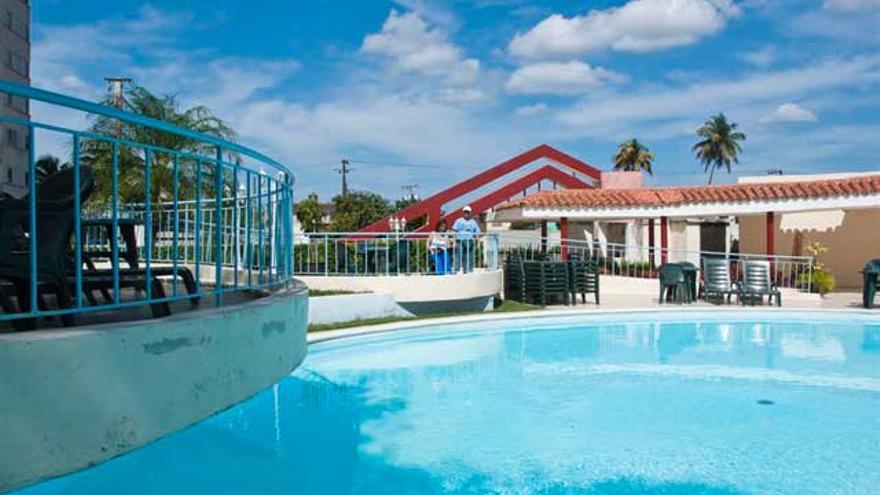
![]() 14ymedio, Havana, 8 March 2021 — Interferon, homeopathic products, tai-chi, acupuncture and dance therapy are some of the new tourist offerings in Cuba framed as “health services,” which are, more than ever, a claim for one of the sectors most affected by the Covid-19 pandemic. The travel agency Taíno Tours, belonging to the state Havanatur, offers several packages from Mexico, at between 200 and 400 dollars a week in Varadero hotels “to prevent diseases and health problems” whose star therapies are Interferon, PrevengHo-Vir and Biomodulin T.
14ymedio, Havana, 8 March 2021 — Interferon, homeopathic products, tai-chi, acupuncture and dance therapy are some of the new tourist offerings in Cuba framed as “health services,” which are, more than ever, a claim for one of the sectors most affected by the Covid-19 pandemic. The travel agency Taíno Tours, belonging to the state Havanatur, offers several packages from Mexico, at between 200 and 400 dollars a week in Varadero hotels “to prevent diseases and health problems” whose star therapies are Interferon, PrevengHo-Vir and Biomodulin T.
